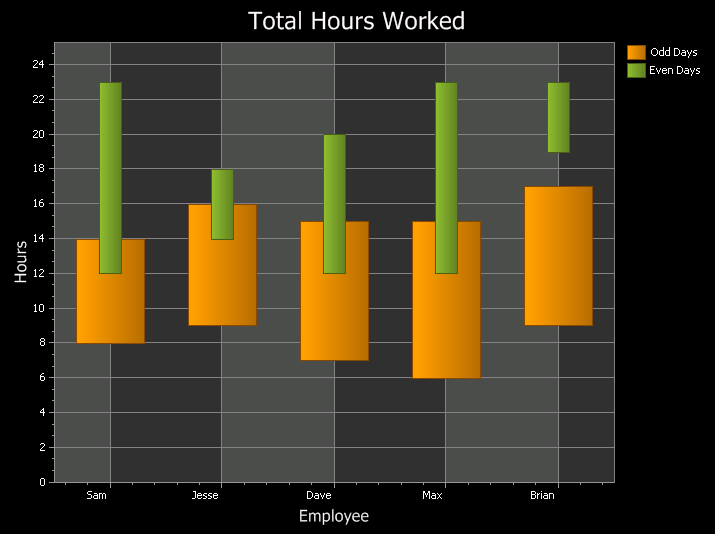
#Codejock visual dataflex windows#
The Windows API function returns a ULONGLONG value which is a UBIGINT in DataFlex. Suggestion 6514, reported by Quality AssuranceĮxternal_Function WinAPI_GetTickCount64 "GetTickCount64" Kernel32.dll Returns UBigInt External_Function should support BigInt and UBigInt for ULONGLONG It could and should check the display mask and try to use the same 12/24 logic defined there. With 12 hour time (US) this is inflexible if you are using 24 time in you mask, which is not that unusual. When you edit a datetime or time, the time input defaults to the computer's regional setting. Suggestion 6618, reported by Quality Assurance When editing DateTime or Time types, try to use same mask as display mask ModAlt(-4, 3) = 2 // when negative, it's Mod(-Num,Divisor )+ DivisorĪ new function ModAlt() has been created to handle this alternative style. The DataFlex Mod() does what most languages do which is to return the remainder as a negative number:Īn alternative way to do this is to treat this more like a clock wrapping around backwards: There are multiple ways that the modulo operation can behave when the dividend is a negative number. Suggestion 6666, reported by Quality Assurance IsTimeSpanValid() - validates Timespan (similar to IsDateValid) Provide an alternative Mod() function that handles negative numbers differently New functions have been created to make this easier:ĭateAdd - adds/subtracts unit from timespan with overflow support However, this makes performing date math difficult (e.g., add 47 hours, add 13 months). This is intentional as it allows you to build up a value. This can't be changed - the DateSetXxxxx functions are designed to put values into the various datetime parts without performing any type of validation or math adjustments. It would be good if the DateSetMillisecond automatically overflows in seconds, minutes, etc.

#Codejock visual dataflex code#
If you have a large number of milliseconds (larger than 999) and you use the DateSetMillisecond(dtVar,iMilliSecond) code you don't end up with a correct datetime nor an error but just 0-0-0 0:0:0. Suggestion 6834, reported by Quality Assurance Suggestions Implemented in DataFlex 18.2 Suggestions Implemented in DataFlex 18.2 Runtime DateSetMillisecond does not test for an overflow


 0 kommentar(er)
0 kommentar(er)
